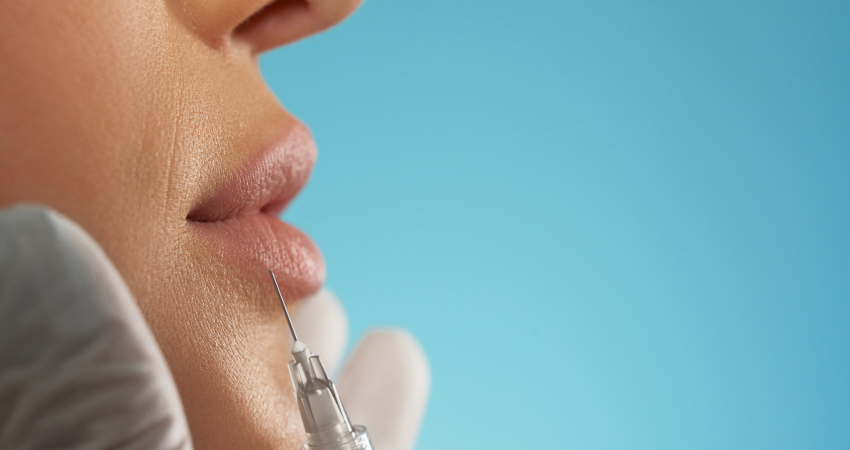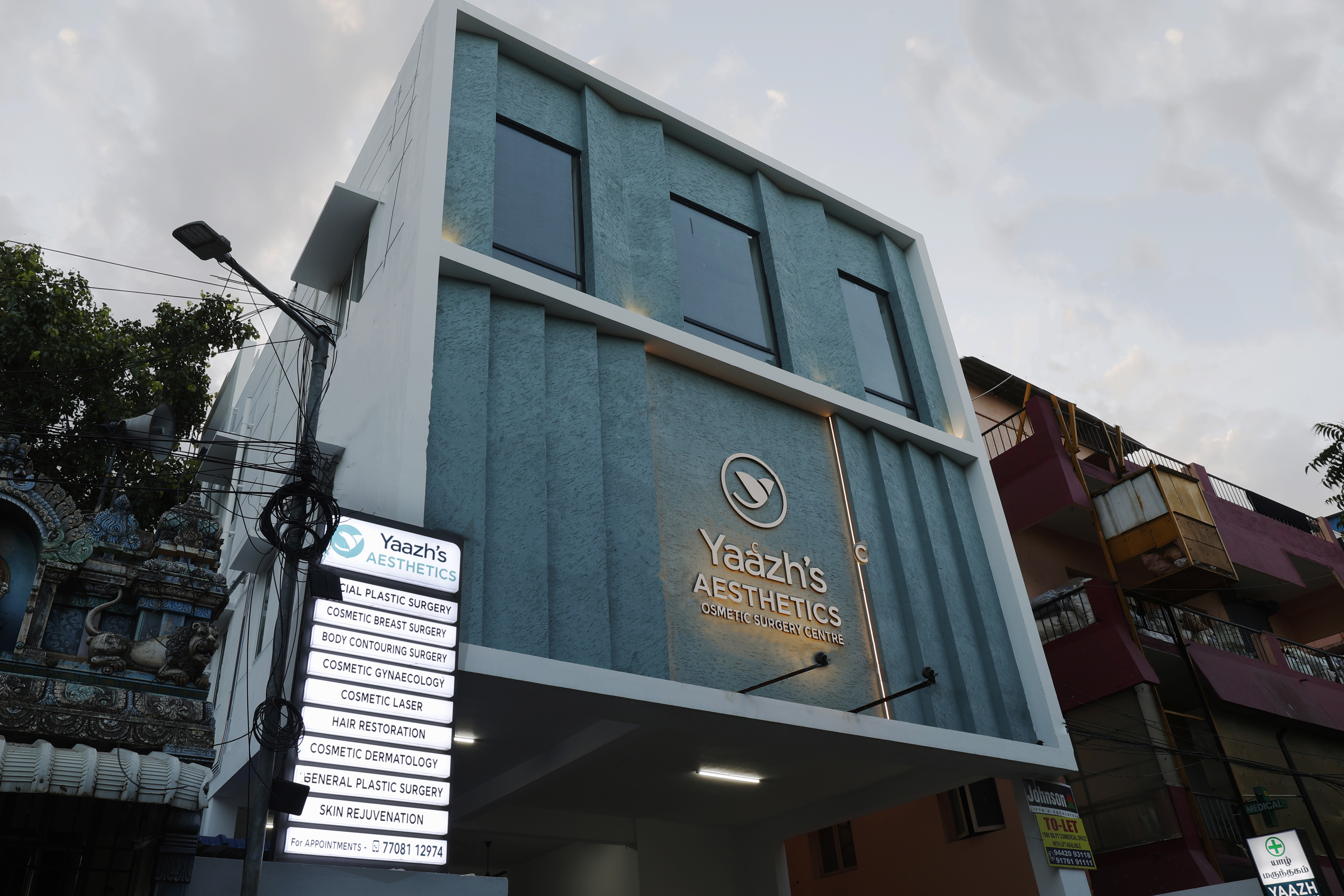- By Admin
- Lip Reduction
- July 19, 2024
10 Things You Should Know Before Getting a Lip Reduction
Considering a lip reduction? This transformative procedure can create more proportionate, balanced lips and enhance your facial harmony, but proper preparation is essential. Here are ten crucial factors you must understand before taking this important step toward achieving your ideal lip shape.
1. Understand the Different Types of Lip Reduction Procedures
There are several lip reduction techniques: Upper Lip Reduction, Lower Lip Reduction, and Combined Lip Reduction. Upper lip reduction focuses on reducing the vermillion border, while lower lip reduction addresses volume in the lower lip. Each approach has specific advantages, incision patterns, and healing considerations based on your facial anatomy.
2. Choose a Qualified and Experienced Surgeon
Board Certified Plastic Surgeon with Fellowships in Cosmetic Surgery MBBS., MS(Surgery)., MCh(Plastic Surgery)., Fellowship in Cosmetic Surgery., 19 + years of experience And 10 + years in Cosmetic Surgery
3. Realistic Expectations Are Crucial
Lip reduction can significantly improve facial proportion and create a more balanced appearance, but results must harmonize with your facial features. The procedure removes excess tissue to create smaller, more proportionate lips. Discuss realistic outcomes with your surgeon based on your facial anatomy and aesthetic goals.
4. Cost Varies Significantly
Lip reduction costs range from $2,000 to $8,000 depending on the complexity of the procedure, technique chosen, surgeon's experience, and geographic location. Factor in additional costs for anesthesia, facility fees, and follow-up care. Remember that cheaper options may compromise quality and safety.
5. Recovery Takes Time and Patience
Initial healing occurs within 1-2 weeks, but complete recovery takes 3-6 months. You'll experience swelling, bruising, and temporary numbness. Most patients return to work after 5-7 days, but avoid strenuous activities for 2-3 weeks. Plan for soft diet during initial recovery and follow all post-operative instructions.
6. Not Everyone Is a Good Candidate
Ideal candidates have naturally large or disproportionate lips, realistic expectations, and good overall health. Factors like lip asymmetry, scarring tendency, smoking habits, and certain medical conditions may affect candidacy. Age, skin quality, and facial harmony are important considerations for optimal results.
7. Pre-Procedure Preparation Is Important
Stop smoking at least 4 weeks before surgery, avoid blood-thinning medications and supplements, maintain good oral hygiene, and arrange for post-operative care. Follow your surgeon's specific pre-operative instructions carefully. Proper preparation reduces complications and promotes optimal healing.
8. Post-Operative Care Is Critical
Keep the surgical area clean, apply prescribed ointments, eat soft foods, avoid excessive lip movement, and attend all follow-up appointments. Take prescribed medications as directed and report any unusual symptoms immediately. Proper aftercare is essential for optimal healing and final results.
9. Scarring and Incision Placement
Lip reduction incisions are strategically placed along the natural lip borders or inside the mouth to minimize visible scarring. While scars are permanent, they typically fade significantly over time and become barely noticeable. Your surgeon will discuss incision placement and scar management strategies during consultation.
10. Long-Term Results and Considerations
Lip reduction results are generally permanent, as the removed tissue doesn't regenerate. However, natural aging processes continue to affect lip appearance over time. Maintaining results involves good skincare, sun protection, and healthy lifestyle choices. Most patients are satisfied with their long-term results.
A lip reduction can be a transformative experience when approached with proper knowledge and realistic expectations. Take time to research thoroughly, consult with qualified professionals, and make an informed decision that's right for your specific facial features and aesthetic goals. The investment in achieving facial harmony and proportion can significantly boost your confidence.


